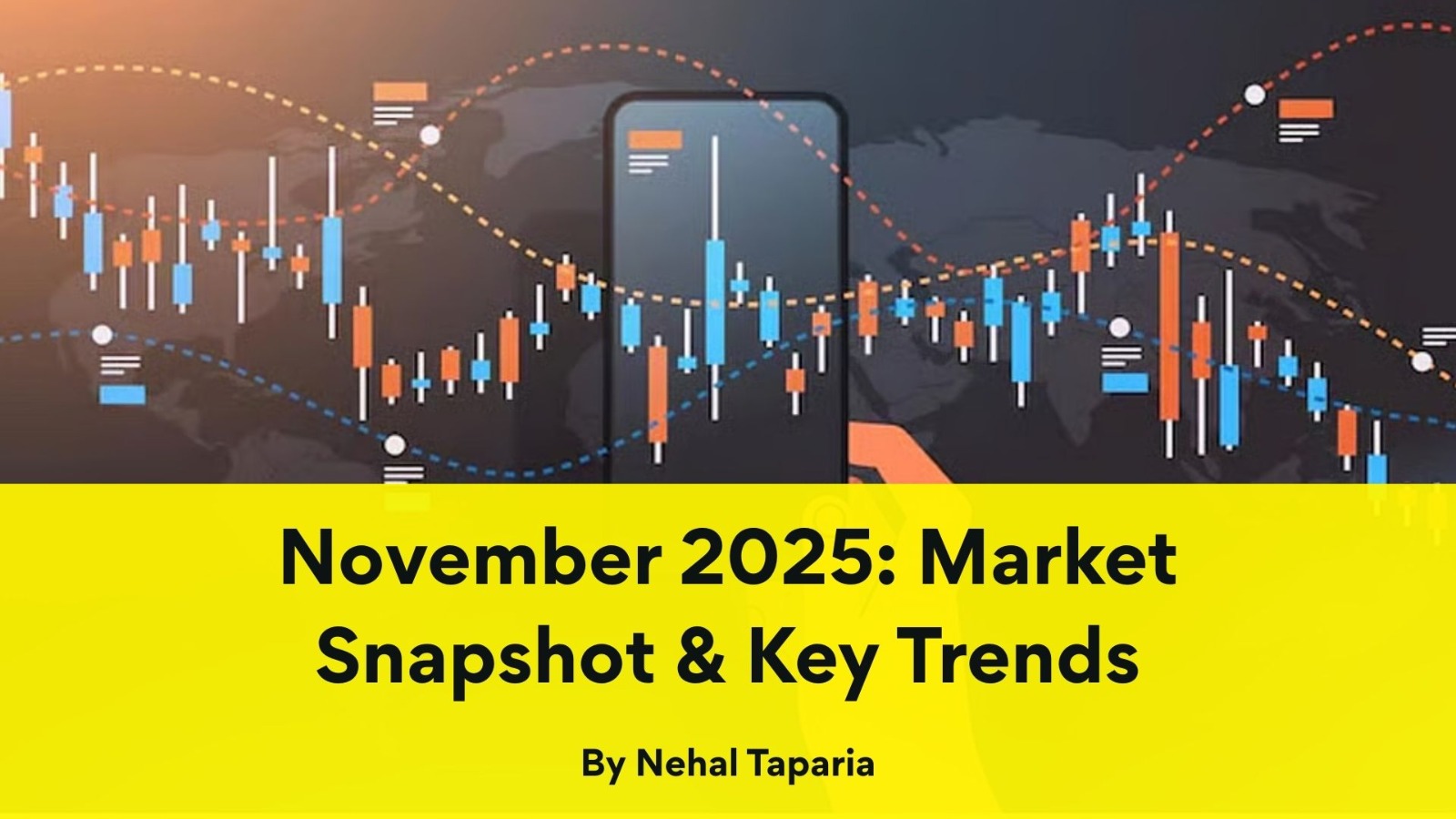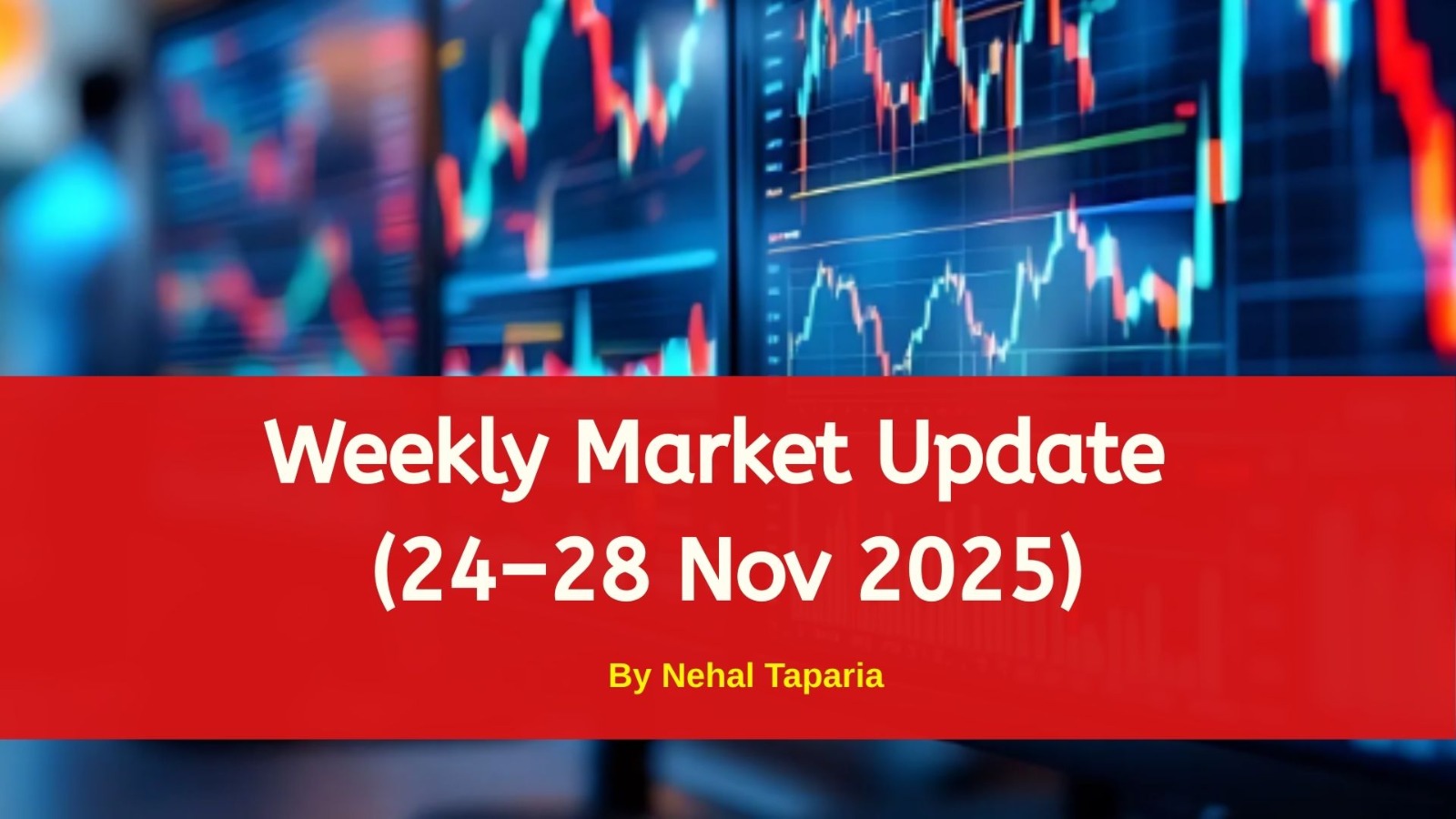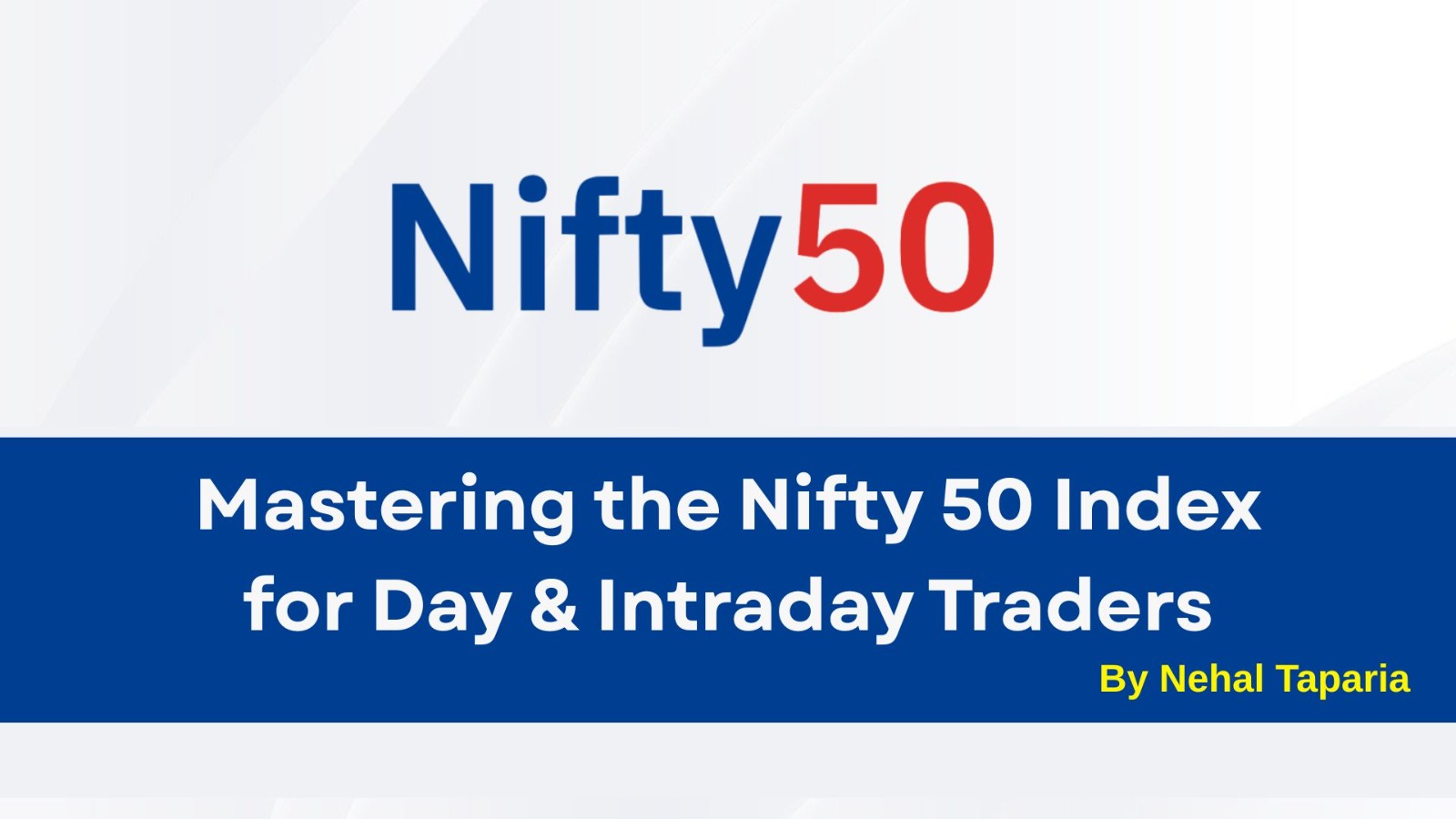Edward Price Lashes Out at Trump’s India Tariffs — A Strategic Misfire?

Edward Price Lashes Out at Trump’s India Tariffs — A Strategic Misfire?
In a recent interview, Edward Price—an adjunct professor at New York University and independent foreign policy analyst—delivered a scathing critique of U.S. President Donald Trump's approach towards India. Price describes Trump as showing "no understanding of economics and statecraft," asserting that the President’s tariff threats risk damaging one of the 21st century's most vital partnerships.
1. Tariff Criticism Rooted in Economic and Strategic Blindspots
Price argues that India's use of tariffs is justified, particularly given its status as a developing economy—a right preserved in the post-war global trade framework. He warns that Trump's aggressive tariff stance could backfire by nudging India closer to geopolitical rivals like Russia and China.
2. India Holds the “Deciding Vote” in Global Power Dynamics
Calling India "the deciding vote in the 21st century," Price underscores how India's strategic alignment—whether with the U.S., China, or a neutral stance—could shape global power competition. He praises Prime Minister Modi's calculated diplomacy, which leverages multiple options without full alignment to any single bloc.
3. The Way Forward: Zero Tariffs and an Apology
To mend the fraying ties, Price urges Trump to immediately withdraw the 50% tariffs, replacing them with zero tariffs, and issue a formal apology—moves he deems essential to restore trust and strategic alignment.
How This Could Impact the Indian Market & Strategic Landscape
A. Economic & Trade Implications
Exports & Industry Sentiment: High tariffs ($50%) make Indian exports to the U.S. more costly, potentially dampening sectors such as IT, pharmaceuticals, textiles, and autos.
Supplier Diversification: Industries may recalibrate supply chains, seeking markets less exposed to tariff shocks.
Long-term Trade Strategy: Andhra's call for reducing tariffs could signal a shift toward more stable trade relations—boosting investor confidence if heeded.
B. Geopolitics & Strategic Autonomy
Alignment Leverage: India’s ability to balance relations with the U.S., China, and Russia becomes a key strategic asset—an influence Price sees as essential to 21st-century geopolitics.
Rise of Multipolarity: If the U.S. fails to adapt, India may deepen ties with alternative powers, reshaping the regional and global hierarchy.
Non-Alignment Legacy: Price invokes India’s historical non-alignment to suggest a continuation of sovereign, balanced policymaking.
C. Market Confidence & Investor Sentiment
Stability vs Uncertainty: Swift de-escalation (tariff removal + diplomatic apology) could revive bullish market sentiment, particularly in sectors oriented toward U.S. business.
Diplomatic Signals as Market Catalysts: Any public shifts in U.S. posture may trigger capital inflows and improve perceptions of market transparency.
D. Currency, Policy & Consumer Impact
Rupee Dynamics: Improved trade relations could stabilize currency flows, reducing inflationary pressure from import disruptions.
RBI Policy Leeway: Reduced trade uncertainty may grant the Reserve Bank more room to focus on domestic inflation and growth, rather than external shocks.
Consumers & Businesses: Cheaper inputs and reduced unpredictability would benefit both prices and business planning.
Final Thoughts
Edward Price’s remarks paint a vivid picture of a strategic misstep that threatens not just economic interests but a broader democratic alliance. India’s balancing act and its potential to influence US–China dynamics make the current moment critical. Market-wise, diplomatic outreach may be just as impactful as fiscal measures in shaping India’s economic outlook.
By Nehal Taparia
This content is for educational and knowledge purposes only and should not be considered as investment or Trading advice. Please consult a certified financial advisor before making any investment or Trading decisions.
Our Recent FAQS
Frequently Asked Question &
Answers Here
Who is Edward Price?
An independent foreign policy analyst and adjunct professor at NYU who recently spoke to ANI about U.S.–India trade tensions.
What did he say about Trump’s understanding of economics?
Are India’s tariffs justified?
What strategic risk does he highlight?
How does India appear to be responding?
What remedy does Price propose?
Copyright © By Empirical F&M Academy. Design & Developed by Techno Duniya


.jpg)


.jpeg)




